History you can experience: The Vegesacker Geschichtenhaus
Tourism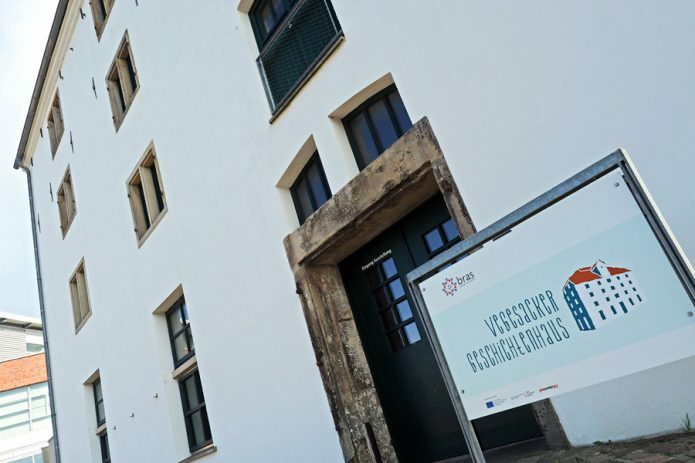
At the port in Vegesack, somewhat hidden behind a shopping centre, there looms an old warehouse building. It has been here for 200 years and has experienced a lot. Anyone who wants to know its history, and that of the people who were part of it, can return to 1845 on a scenic tour. I too allowed myself to be taken along and became acquainted with Anna Lange and her employees on the trip through time.
I am sitting with André van Waegeningh on the first floor of the old warehouse at the Vegesacker Hafen. A large room with ceiling beams and supports, a creaky wooden floor and small windows surrounds us. Paintings by the artist Peter K. F. Krueger hang on the walls.
André set up the Vegesacker Geschichtenhaus project, together with director Silvia Claus, in 2016. He himself has taken the lead with the exhibition, which can be seen in the lower part of the old building, and which is the main reason I am here today.
But first André tells us about the history of the house and about the project by bras e.V., a body which offers support and employment to people seeking work, during their (re-)entry into professional life.
Old walls reinvigorated
I am pretty amazed when I find out that the walls surrounding us here are over 200 years old. The harbour warehouse is the oldest in the region and served as a timber store for many years for the shipbuilding yard of Johann Lange. This means we are already immersed in its history, which is what visitors to the Vegesacker Geschichtenhaus dive into.
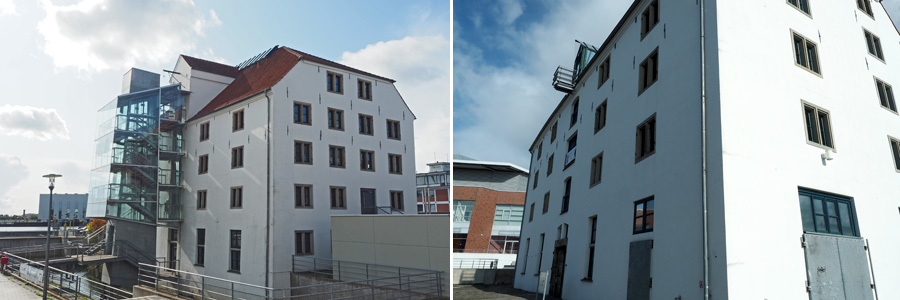
The Lange yard, which was built in this spot around 1815, was kept above water in the truest sense of the word for almost 80 years with timber shipbuilding. Finally, in 1891, it became the Bremer Vulkan and the time of metal shipbuilding dawned. The yard was moved some way down the river, and initially, a fishing business moved into the old warehouse in Vegesack, then finally the shipping company Lürssen in the 1970s.
Preserving history and a new start
When plans were put forward to tear the building down in the 1990s, the monument preservation authority came onto the scene and gave the building listed status in 1995. After a comprehensive renovation, the house hosted many temporary cultural projects, such as theatre productions and a hands-on museum. Then, in 2015, bras e.V., which already operates a historical house in Bremen’s Schnoor district, came forward with the proposal for a Vegesack historical house.
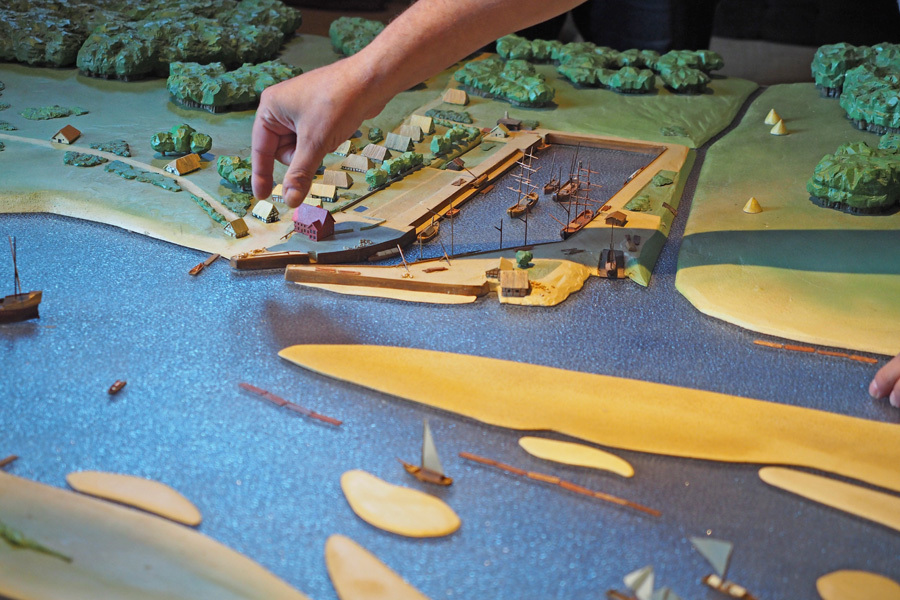
Whilst on the first floor, where I am still sitting with André, changing art exhibitions are displayed, on the ground floor, everything is already being prepared for the upcoming guided tour. A moment later, I am already in the middle of the 19th century and accompany a small group, which has registered for the scenic tour. Guided tours always start on the hour, even without registration, and as soon as one person wishes to participate. But they recommend you register beforehand.
Girl power in the 19th century
From a front room, where a model of the Vegesack port in the 19th century is used to give us a historical introduction, we reach the counting-house of Anna Lange, born Raschen. She is the wife of the shipyard founder Johann Lange and is newly widowed. Her husband died in 1844, and this woman, who comes from a shipbuilding family, has taken over the business at the Lange yard. In the years that follow she establishes, among other things, passenger ship navigation on the Weser.
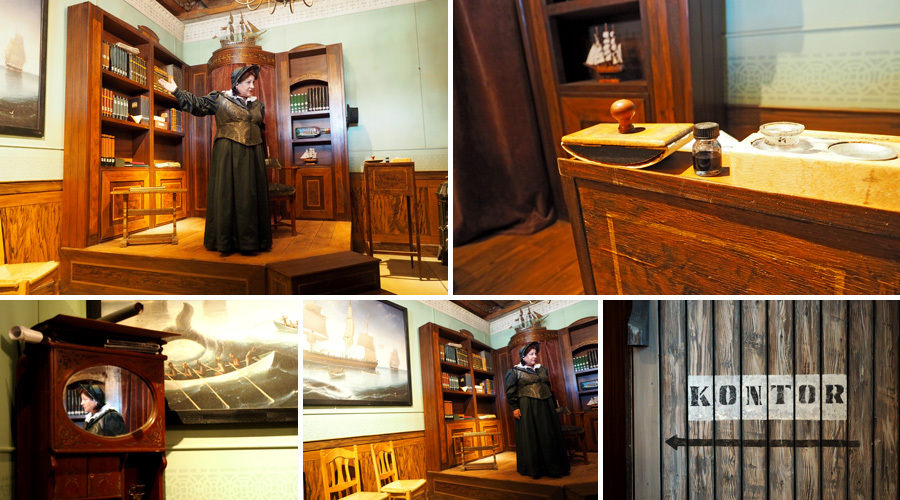
After Mrs Lange has introduced us to her business and history, she takes us into the yard. Here, we meet a female rope-maker, who shows us the impressive way she carries out her craft. From a caulker, we also find out the steps he takes to seal the wooden ships. We are allowed to touch materials and smell them. A blacksmith tells us about his daily work. I remind myself repeatedly that all of the things displayed here and presented in the scenes actually really happened once in this place. The walls around us, together with the exhibits, bring the history to life.
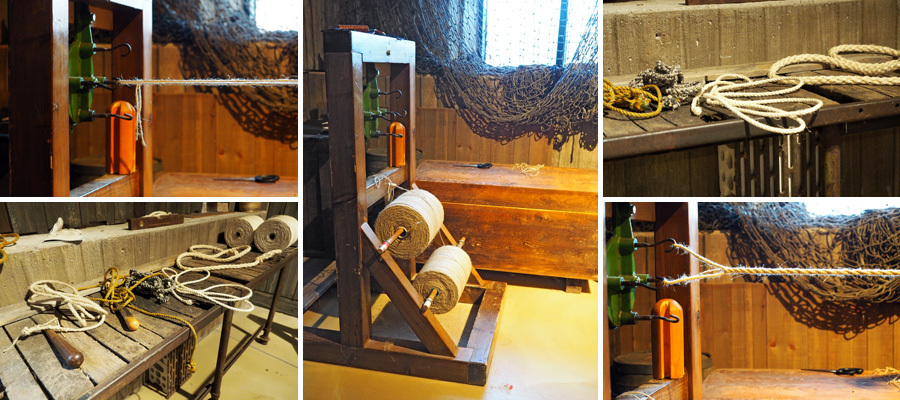

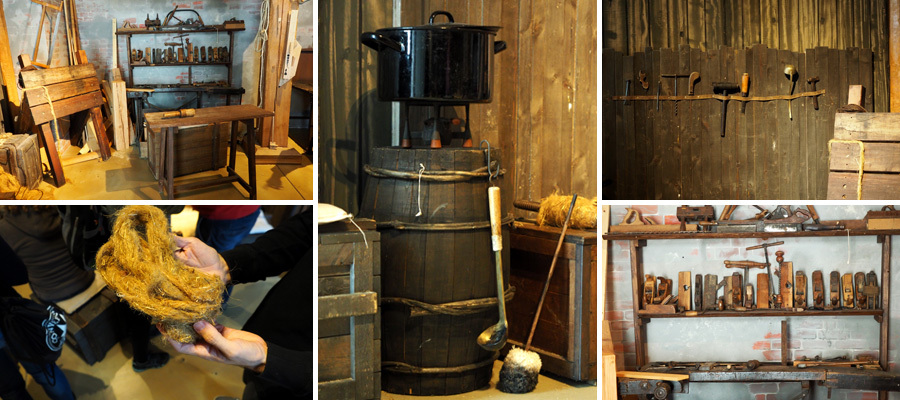
As soon as I enter the next room, a strong waft of times gone by also greets me. We get to know a whaler and the wife of a sailor. Listen to the – at the time quite normal – business of whale hunting. Finally, the small group is asked to take a seat at the table in the last room, an old harbour inn.
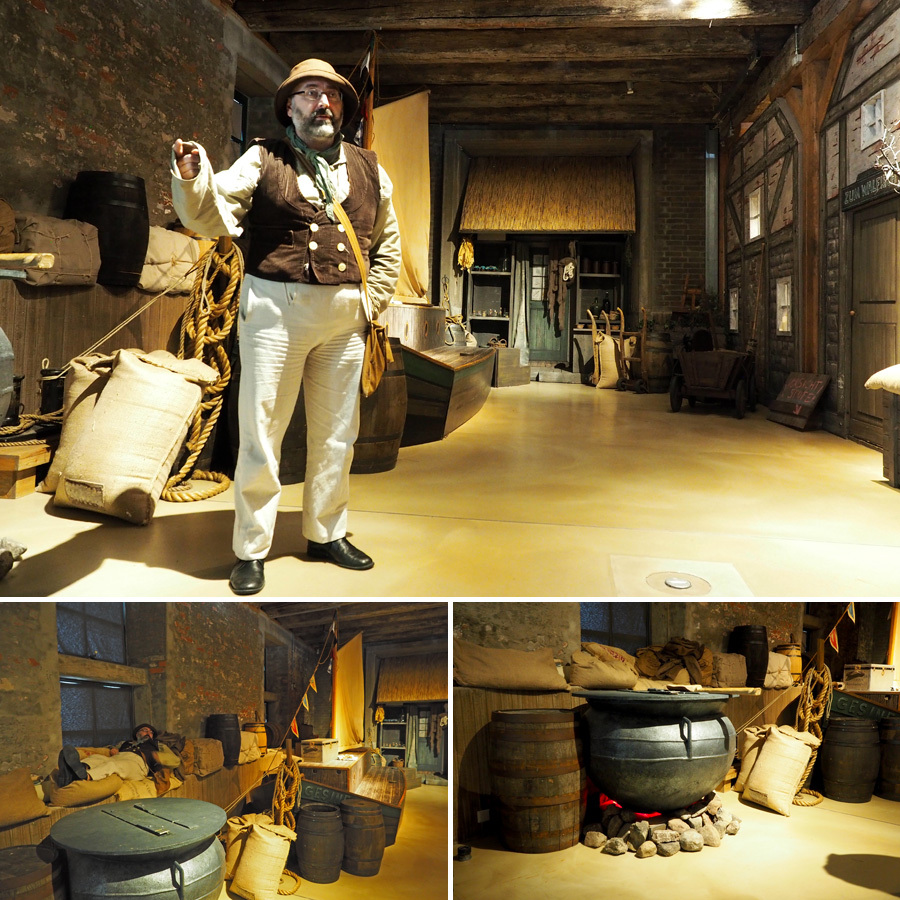
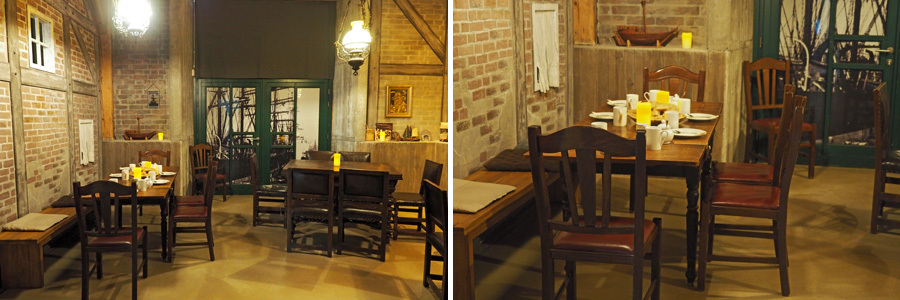
I have come back outside now and walk around the old building once more. Today, there is little in the surroundings to remind us of the times of the Lange yard. Even better then, that history is awakened daily once more within the old harbour warehouse.
Success Stories
Seven products from Bremen that everybody knows
Made in Bremen, sold around the world: these products are hugely popular at home and abroad.
Learn moreBremen – Germany's greenest city
The greenest major city in Germany is Bremen - with an average of 60 square metres of sports, leisure and recreation space per person. Parks, sports facilities, but also water areas invite you to relax from the hustle and bustle of the city every day.
Learn moreOur 10 Most Favourite Places Last Year
Bremen has a lot to offer, whether it's sunny or rainy. Of course, you have to capture this in the form of stunning photos. Here are our very personal highlights from the past year.
Learn more